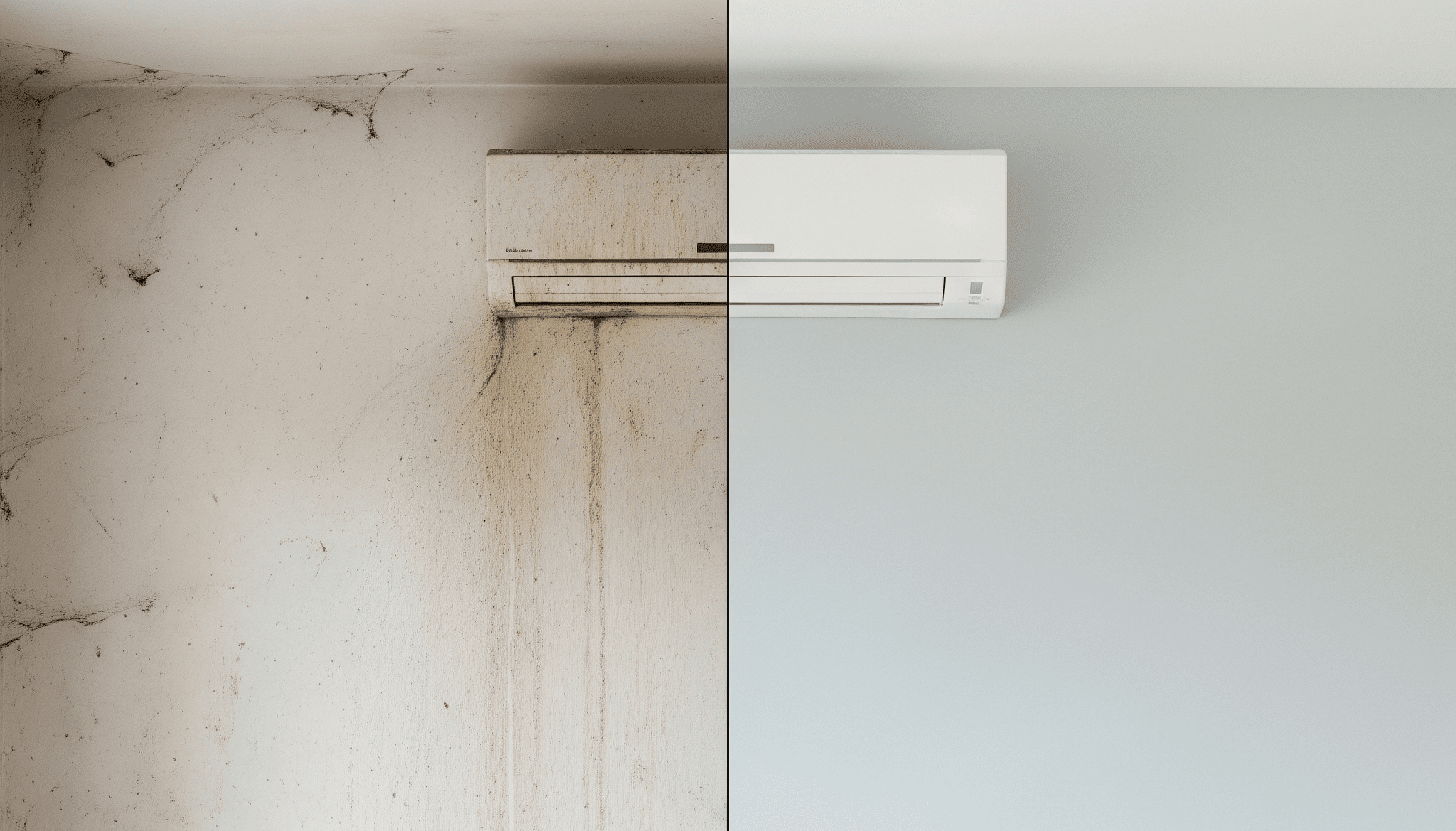Improving your home’s air quality is absolutely essential for creating a healthy, comfortable, and safe living environment for you and your family. Poor indoor air quality can contribute to a wide range of health issues, including persistent allergies, respiratory problems like asthma, and general fatigue or discomfort.
8 Simple steps

Fortunately, you can take simple and effective steps now to improve the air quality inside your home. This will help you breathe better and stay healthier.
- Increase Ventilation
Proper ventilation helps reduce indoor pollutants by bringing in fresh outdoor air and expelling stale air. Open windows and doors when weather permits to encourage airflow. Using exhaust fans in kitchens and bathrooms can also help remove moisture and odors. - Use Air Purifiers
Air purifiers with HEPA filters can capture airborne particles such as dust, pollen, pet dander, and mold spores. Placing these devices in commonly used rooms can significantly improve air quality. - Keep Your Home Clean
Regular cleaning reduces dust and allergens. Vacuum carpets and rugs with a vacuum cleaner equipped with a HEPA filter. Dust surfaces with a damp cloth to avoid spreading dust into the air. - Control Humidity Levels
Excess humidity promotes mold and mildew growth. Use dehumidifiers in damp areas like basements to maintain indoor humidity between 30-50%. Fix leaks promptly to prevent moisture buildup. - Avoid Smoking Indoors
Tobacco smoke contains harmful chemicals that degrade indoor air quality. If you smoke, do so outside to protect your home’s air. - Choose Low-VOC Products
Volatile organic compounds (VOCs) are emitted by some paints, cleaning products, and furniture. Select low-VOC or VOC-free options to reduce chemical pollutants. - Maintain HVAC Systems
Regularly change air filters in your heating and cooling systems to ensure they function efficiently. Consider professional inspections and cleaning to prevent dust and mold buildup within ducts. - Introduce Indoor Plants
Certain indoor plants can help purify the air by absorbing toxins and releasing oxygen. Examples include spider plants, peace lilies, and snake plants.

Don’t forget
By using these simple steps, you can improve the air quality in your home. This will create a healthier and more comfortable space for you and your family.
Begin today by thoroughly identifying the specific areas in your home that require attention, and then proceed by taking one manageable step at a time towards achieving cleaner, fresher, and more breathable indoor air throughout your living space.
Get your free quarterly home maintenance checklist.

